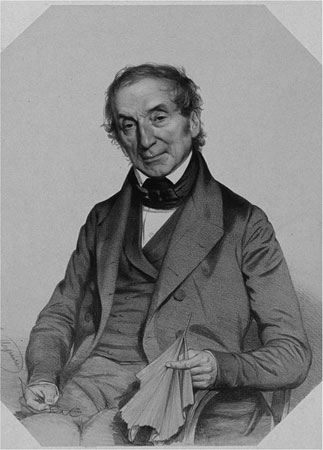Darjeeling (50 page)
Authors: Jeff Koehler

white,
(1)
tea bags,
(1)
tea bars,
(1)
Tea Board of India,
(1)
,
(2)
,
(3)
tea brokers,
(1)
tea ceremony,
(1)
Tea Deva,
(1)
See also
specific estates
during British Raj,
(1)
decline of,
(1)
post-independence,
(1)
profit margins for,
(1)
,
(2)
,
(3)
tea forests,
(1)
tea industry
challenges for,
(1)
in Kenya,
(1)
in Nepal,
(1)
tea-marbled deviled eggs,
(1)
tea planters.
See
planters
Telangana,
(1)
television,
(1)
Temi Tea Estate,
(1)
temperance movement,
(1)
temperature,
(1)
Tetley Tea,
(1)
Thomas Marten & Company,
(1)
See also
J. Thomas & Co.
thukpa,
(1)
Tibetan tea,
(1)
Tocklai Tea Research Institute,
(1)
Tollygunge Club,
(1)
tourism,
(1)
trade
spice,
(1)
transportation costs,
(1)
trees,
(1)
Trocki, Carl,
(1)
tropical diseases,
(1)
,
(2)
,
(3)
,
(4)
,
(5)
Tukvar Mission,
(1)
Twinings & Co.,
(1)
Unilever,
(1)
Upton Tea Importers,
(1)
urbanization,
(1)
Vasco da Gama,
(1)
Vedas,
(1)
vermicomposting,
(1)
viticulture,
(1)
Wallich, Nathaniel,
(1)
Ward, Nathaniel,
(1)
Watts, Alan,
(1)
The Way of Zen
(Watts),
(1)
Wernicke, Andrew,
(1)
Whampoa,
(1)
White, James,
(1)
Wilkins, Charles,
(1)
William (prince),
(1)
Withecombe, J. R.,
(1)
withering stage,
(1)
women
afternoon tea and,
(1)
European, in India,
(1)
Woolf, Leonard,
(1)
worker absenteeism,
(1)
,
(2)
,
(3)
workers/workforce,
(1)
,
(2)
,
(3)
,
(4)
,
(5)
,
(6)
,
(7)
World Trade Organization (WTO),
(1)
Wright, Gillian,
(1)
Writers’ Building,
(1)
Yellow Mountain region,
(1)
yellow tea,
(1)
Yunnan,
(1)
Zafar, Bahadur Shah,
(1)
Zhou Dynasty,
(1)
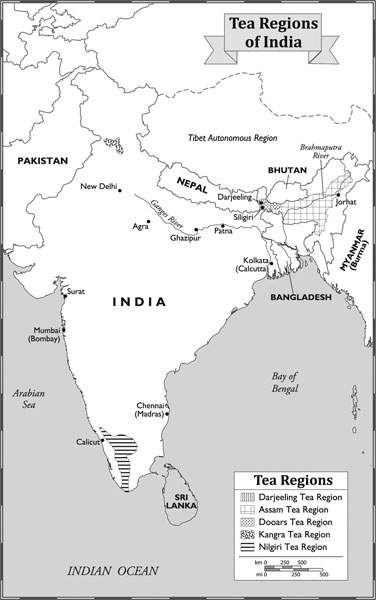
India produces about one billion kilograms of tea a year. Each of the country’s growing regions gives a different character to the final cup. (Gary Antonetti)
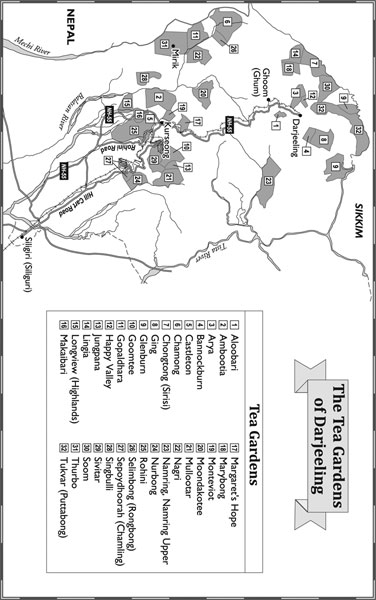
Darjeeling tea is produced on eighty-seven gardens that have a total of 19,500 hectares (48,000 acres) under tea. Recent harvests have yielded only around eight million kilos of finished tea. (Gary Antonetti)
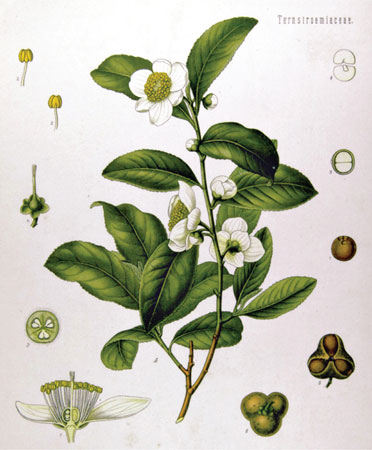
The leaves, flowers, and seeds of
Camellia sinensis—tea.
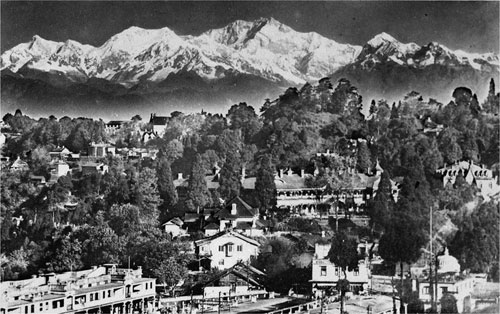
Darjeeling was originally established as a hill station retreat for East India Company employees to rest and recuperate in the cool mountain air. Mt. Kanchenjunga overlooks the city.

As governor-general of India, the controversial Lord William Bentinck formed the Tea Committee in 1834 and was instrumental in helping to establish India’s tea industry
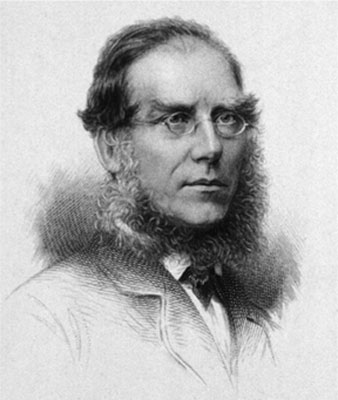
In the 1840s, the great botanist and explorer Joseph Dalton Hooker spent three years in the Darjeeling hills, Sikkim, and Nepal identifying and collecting plants.

Early Darjeeling tea pluckers with a European overseer. (James Sinclair)
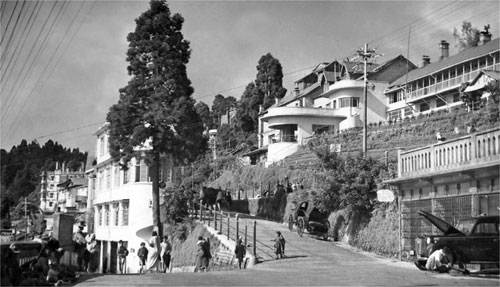
Established in 1868, Darjeeling’s Planters’ Club (on the right) was, until recently, the center of social life for tea planters. (Ratna Pradhan/DAS Studio)
